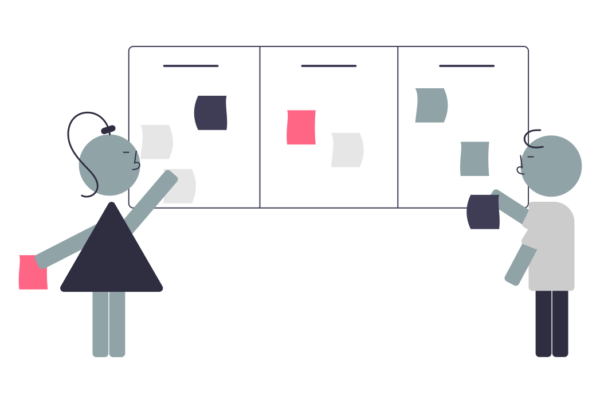Intro:
Welcome to the dynamic world of corporate training, where the power of analogies reigns supreme 🌟. Analogies are the unsung heroes of effective learning, allowing trainers to bridge the gap between complex concepts and practical understanding. In this blog post, we’ll dive deep into modern approaches for leveraging analogies in corporate training. Moreover, we’ll uncover the art of keeping your analogies fresh, even in content that’s delivered repeatedly over time. If you’re ready to take your training to the next level, let’s explore these essential strategies! 🚀🎓
Why Analogies Matter
Before we delve into the best practices, let’s understand the significance of analogies in corporate training:
– Clarity and Comprehension: Analogies simplify complex ideas, making them easier to grasp for learners. 🌈📚
– Retention: Analogies create memorable mental hooks that help learners retain information for the long term. 🧠🔐
– Engagement: Engaging analogies make learning fun and relatable, encouraging active participation. 🤝🎉
Now, let’s explore five modern approaches to ensure your analogies stay fresh. 🖐️💡
Now, let’s explore five modern approaches to ensure your analogies stay fresh. 🖐️💡
- Contextual Analogies
Anchor analogies in real-life scenarios.
– How It Works: Connecting training concepts to current or relatable real-life situations. 🌍👥 These can be current or relatable events outside the workplace or pulled directly from events that have occurred inside the workplace. By using context-relevant analogies, you make the content more engaging and memorable.
– Example: When delivering empathy training for leaders, it could be relevant to draw the analogy of how supportive most corporate leaders were throughout the COVID-19 pandemic. Using specific examples like granting grace for crying babies and barking dogs in the background of video calls. Or working through schedule adjustments to accommodate work from home and the empathetic approach leaders adopted to support their people’s work-life balance.
- Pop Culture References
Incorporate modern and recognizable examples.
– How It Works: Tap into current movies, TV shows, or trends to create analogies familiar to your audience. It makes the content feel fresh and relatable. 🎥🌟
– Example: In sales training, drawing analogies from dating scenes in the latest season of The Bachelor/The Bachelorette to the sales cycle. Relating the stages of the sales process to the stages of dating, from initial attraction (prospecting) to sealing the deal (closing). Or a good old-fashioned “coffee is for closers” is always a great choice!
For more on Pop Culture References, check out my blog post:
Mastering The Art Of Analogies: Enhancing Training With Pop Culture And Current Events 🎨📰
- Storytelling Analogies
Weave analogies into storytelling.
– How It Works: Embed analogies within narratives, creating engaging and memorable stories. 📖✨ Stories bring abstract concepts to life, ensuring a lasting impact.
– Example: Use a tangible customer story to explain the customer journey to a class. It can be real or an embellished version of the truth. Tell the story of how a customer came to do business with your company, how the continued partnership helped them grow, and how that partnership led to great success for that customer over time.
- Interactive Workshops
Involve learners in analogy creation.
– How It Works: Encourage participants to create analogies themselves. This keeps the content fresh and increases engagement and active learning. 🧑🤝🧑📝
– Example: In a team-building training, have participants create analogies related to teamwork, then discuss and expand upon them as a group. This can be done in breakouts or as a whole class, depending on the group size and how they engage with one another.
- Personalized Analogies
Connect with learners on an individual level.
– How It Works: Tailor analogies to the interests or experiences of participants. This not only personalizes the learning experience but also makes it more relevant. 🎯💬
– Example: In the classroom portion of on-the-job training, revisit best practices training and how they relate to the behaviors you observed in OJT. You can also combine this with an interactive approach and have participants share how their own experience in OJT relates to the best practices you are training.
Conclusion: The Freshness Factor
Analogies are a timeless tool for making corporate training engaging, memorable, and effective. Use and embrace these modern approaches for keeping your analogies fresh as often as needed. About every six to ten times content is delivered the same way it starts to become stale for the trainer. By rotating your analogies occasionally, you can keep your training fresh for your audience and, equally important, for you. 🔄💡
As always, share your thoughts in the comments section below or with me directly. 💬👇




